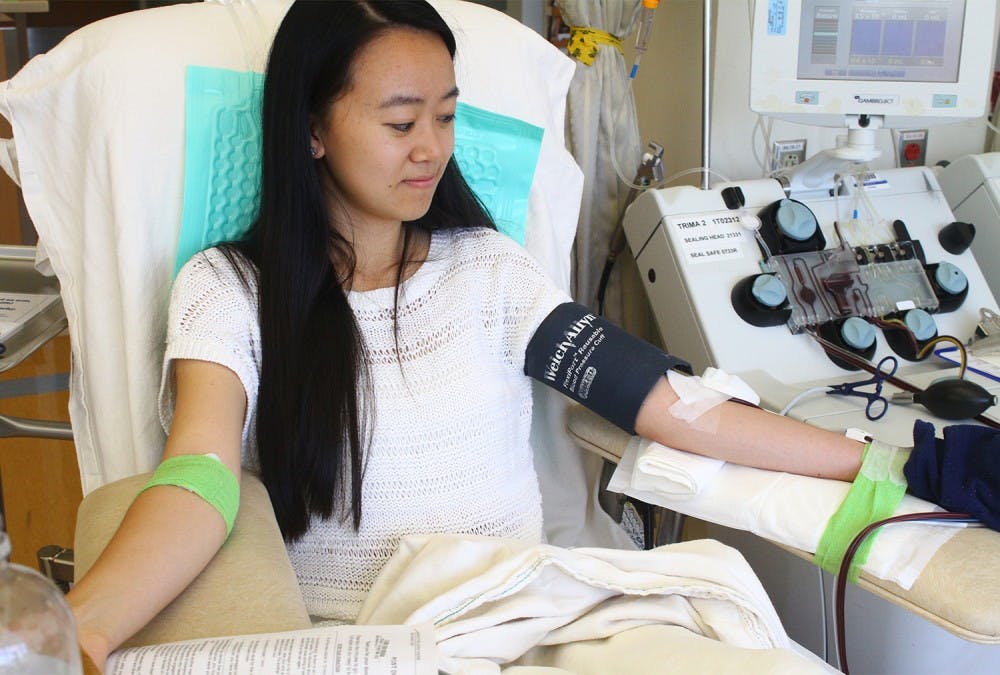“If there’s a blood product we stress about in the blood bank, then many times over, it’s what’s happening with our platelet inventory,” said Marshall Mazepa, Medical Director of UNC Hospitals Blood Donation Center.
Students account for about 80 percent of donors during the school year but as little as 10 to 15 percent when the student body isn’t at full strength, Blood Donation Center supervisor Tom Neish said. To make up for the discrepancy during the summer and winter recesses, the center must solicit donations from the community, with mixed results.
The need for platelets is distinct from the need for red blood cells, Mazepa said. While traditional blood drives provide red blood cells that are crucial for a multitude of treatments, they don’t provide platelets that many of the sickest patients in the hospital need.
“There isn’t really a shortage of red blood cells during the summer time as much,” Mazepa said. “Blood can be put in the fridge for 42 days, so it’s much easier to maintain the blood supply because it stays in the fridge for a long time, whereas platelets are only good for five days. And half of that time, we’re waiting for the testing to come back.”
Accounting for testing, he said, there’s just a three day window when a platelet unit can be given to a patient. He added that while the hospital regularly has two or three hundred units of whole blood, its platelet inventory is typically limited to about 10 units.
UNC women’s basketball coach Sylvia Hatchell said platelet donations from the blood donation center saved her life after being diagnosed with leukemia in 2013.
“There may not be anybody that’s had more platelets from over there than I’ve had,” Hatchell, who has been in remission for almost three years, said. “We call them liquid gold.”
Donor Recruiter Bridgit Schmidt said the best outreach strategy is donors recruiting other donors. To encourage donors to bring friends, the center offers free movie tickets to AMC Theatres to groups of two or more and free pizza to groups of three or more.




